Swedish archaeologists found the Proof of Massacre in the 5th Century
The found framework shows signs of violent and brutal acts
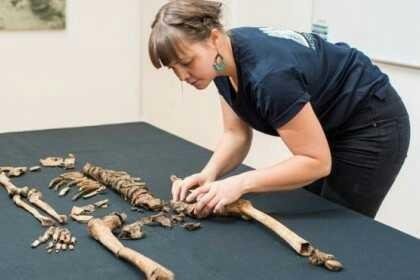
Swedish archaeologists have discovered evidence of a 5th century massacre in the southeastern region of Oland Island. The discovery was written in a paper published in the journal Antiquity. In the paper, the team wrote about the attack that occurred 1,500 years ago in Sandby Borg.
1. The found framework indicates a brutal act
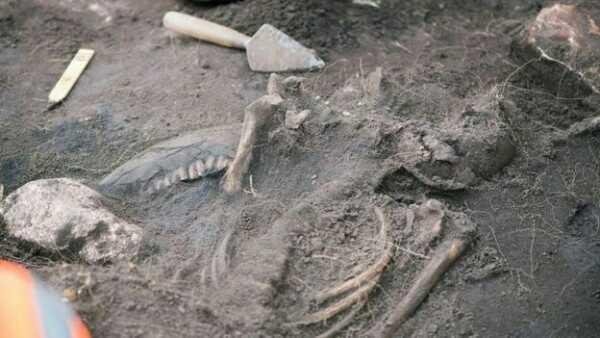
dozens of bodies were found in walled fortresses and their bodies were left to rot. All the victims were killed after brutal treatment. Team leader, Helena Victor explains that some of the victims of this massacre are found inside a fortress containing dozens of houses. Others are found on the streets.
Archaeologists found bodies of decapitated bodies, traumatized by a blunt collision at the head, even a dead body was found to have fallen into a fireplace. Even the corpses of newborn babies are found among the bodies.
2. Not just one, in this location found dozens of bodies with evidence of violence
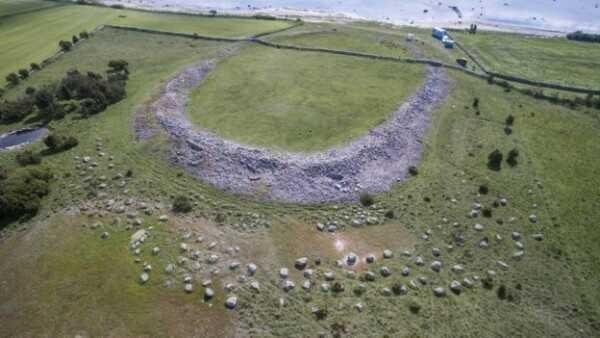
The perpetrators of the massacre are still unknown. But the massacre occurred during a turbulent migration period. Possible when the western Roman Empire collapsed and Hun attacked. The Baltic island of Oland was never under the Roman rule.
The authorities had asked staff at the Kalmar Lans Museum to check the discovery area. Initially the site was known after treasure hunters found the goods in that location.
3. On the first three days of digging, archaeologists discover the walls of the fortress. A few days after that then found human body
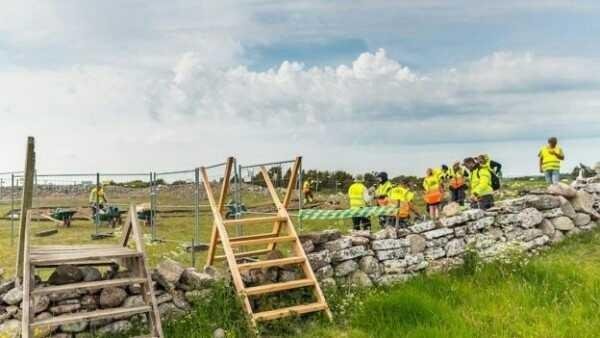
On the first excavations which lasted only three days, found the walls of the house. Then the team found the remains of human remains. Excavations were carried out in 2011. Since then, two houses have been unearthed and found in full along with 6 additional houses. This massacre is believed to end life in the residential area.
Helena Victor says the corpses in this house are a sign that since ancient times, the procession of the corpse was usually cremated or buried and not abandoned in the homes of the people. In that era the villagers usually live outside the fort and will only take cover when there is danger.
4. In addition to the body, the archaeologists also find jewelry to gold coins of Rome
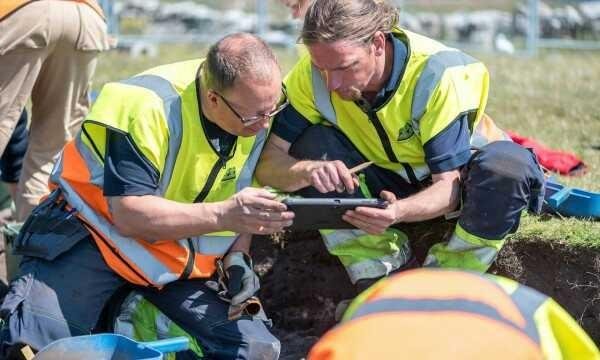
Around 200 to 250 people are expected to live in the fort while trying to seek protection from the attack. Helena Victor said the bodies of those found were apparently killed without defending. Tim suspected, there was someone who might let the castle door open and let the perpetrators slaughter in at night.
In addition to the body, the team of archaeologists find luxury jewelry on the site. Includes Roman gold coins, hair ornaments and pieces from the last meal. In the journal, the invention is described as a unique portrait of domestic life and sudden death in the Scandinavian Migration Period.

This post has received a 0.71 % upvote from @drotto thanks to: @mulyarizki.